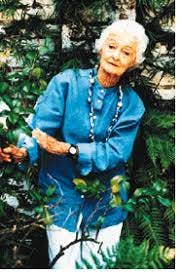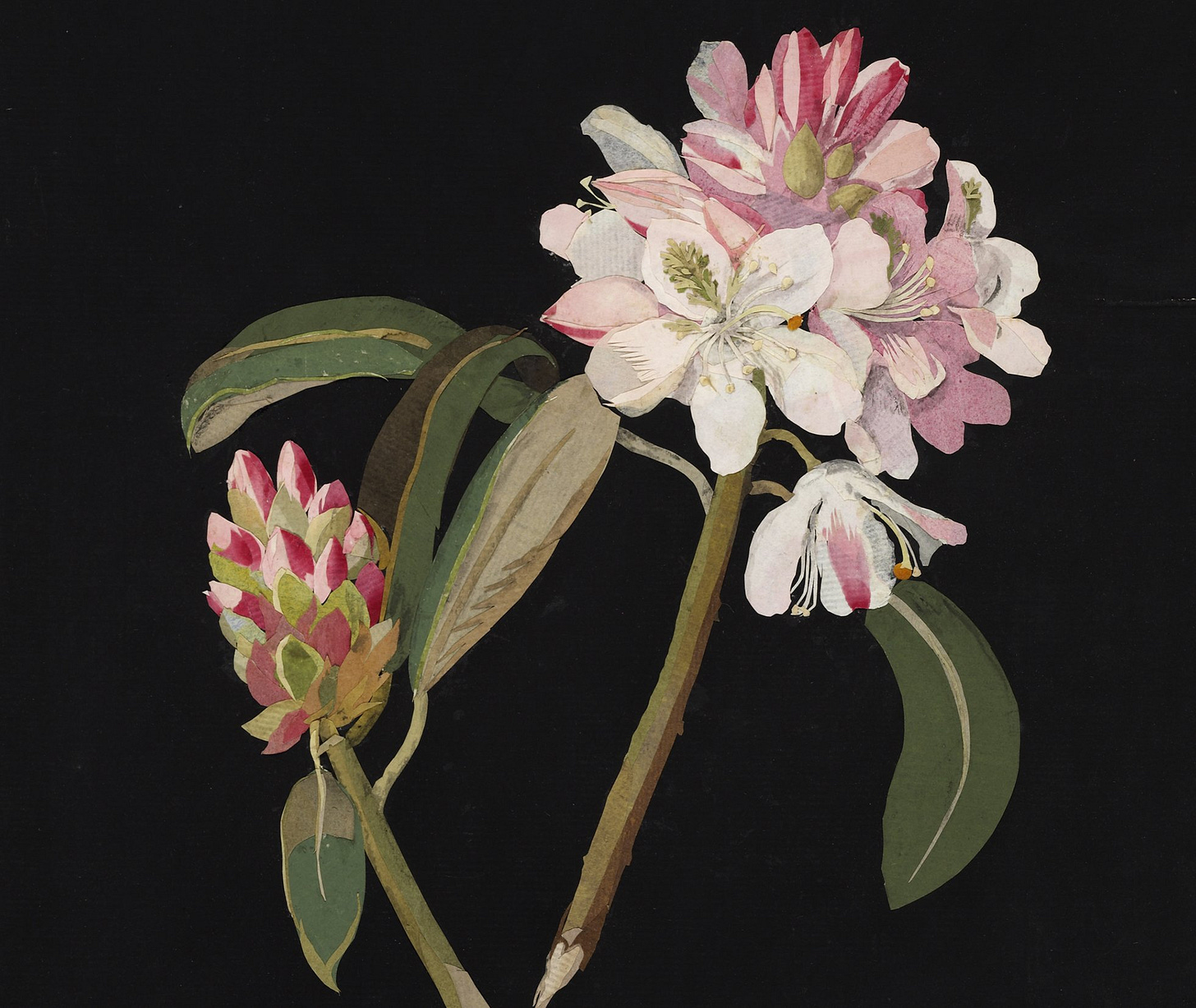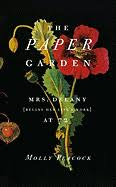Starting Late: Can the older artist begin?
Lagniappe #Three after lesson 10 of Write it! How to get started
Ageless Creativity
ARE YOU THINKING, The really gifted start when they’re young?
My research found much about this assumption. Quotes follow from my reading and from the sources I list in credits.
Somerset Maugham: “When I was young I was amazed at Plutarch's statement that the elder Cato began at the age of eighty to learn Greek. I am amazed no longer. Old age is ready to undertake tasks that youth shirks because they would take too long.”
Degas did the bulk of his work (34%) in his forties.
Goya was most productive in his fifties.
For Rouault and Corot, a peak occurred in their seventies when they produced 25% to 43% of their work.
Picasso: In his eighties, he produced more than 70 portraits of his then-wife during the final 17 years he was alive, still innovating as he turned 90.
Matisse did a large percentage of his work in his fifties and sixties.
May Sarton—poet, novelist, essayist—suffered cancer, a stroke, and wrote well into her late eighties:
“I have always looked forward to old age, and the reason, as the poems make clear, is that I have known so many great old people. Well, I looked forward to old age wrongly because I imagined it would be serene and uncluttered, and rightly because it would make it possible for me to grow and to create poems and books that have growth in them. I am convinced that we are on earth to make our souls. And to that extent old age, of course, is the most thrilling time of all. Because we are coming close to an end, this conviction that the making of a soul is of paramount importance is very much with us.”
In 1996, The New York Times best seller list included Tiger in the Grass by Harriet Doerr (age 85) …
and Having Our Say by Sara and Elizabeth Delaney, who were African-American sisters (ages 99 and 100).
Three years after her husband's death, 65-year-old Harriet Doerr returned to school to complete a B.A. in European history. In 1984, at age of 73, Doerr’s first novel, Stones for Ibarra, won the American Book Award.
The Delaneys had no previous book.
No one told Doerr or the Delaneys they were too old to be creative. One researcher puts their success this way: “This divine discontent, this disequilibrium, this state of inner tension [that is] the source of artistic energy.”
Germaine Greer (slight edits for brevity): When Karen Blixen was forty-six, she came out of Africa back to Denmark. Her coffee plantation in Kenya had gone broke. It was auctioned off to pay accumulated debts: The stockholders lost more than £150,000. Her unfaithful husband, whom she’d forgiven for giving her syphilis, insisted on a divorce and she agreed with reluctance, and all her hopes of pregnancy, dashed. She quarreled with her lover, who was killed in a plane crash days later. She attempted suicide once, was so thin friends suggested she go to a clinic in Montreux where she found out her syphilis, supposedly cured, had become syphilis of the spine. The course of the disease meant she’d never again walk properly. Anorexia meant food would nauseate her. She had perforating stomach ulcers. Her bereavement for the loss of Africa left her with a physical longing for the light, the sky and the bush.
Baroness Blixen became Isak Dinesen. Isaac, in Genesis, was the post-menopausal child of Abraham and Sarah. Sarah said when he was born, “God hath made me to laugh, so that all that hear will laugh with me.” Dinesen was Blixen’s maiden name. She called this time her fourth age, saying she began to write “in great uncertainty about the whole undertaking, but, nevertheless, in the hands of both a powerful and happy spirit.”
At forty-eight, she wrote Seven Gothic Tales.
She thought she had one foot in the grave when she wrote Out of Africa. The novel is imbued with elegiac feeling, the reward for having been able to mourn and to let go.
Meryl Streep brought her to life on screen:
And then we have Molly Peacock’s magical book The Paper Garden: An Artist [begins her life’s work] at 72 —yes, you read that correctly: at 72.
Marvelous book by Peacock that is part memoir, Molly’s story, and a revelation of “The Paper Garden” by Mary Granville Pendarves Delaney (1700-1788).
It ain’t over, folks, until it’s over.
Here free? If I gave you hope,
Or
Credits:
Sources include my own reading and direct quotes, slightly edited, from these books:
Creativity and Successful Aging: Theoretical and Empirical Approaches, Adams-Price, Carolyn E.; Springer, 1998.
Elderlearning: New Frontier in an Aging Society, Mary Fugate, Lois Lamdin; Oryx Press, 1997.
Women Writers Talking by Janet Todd; Holmes & Meier, 1983.
“Serenity and Power,” by Germaine Greer, The Other within Us: Feminist Explorations of Women and Aging, Marilyn Pearsall; Westview Press
Photo: water droplets on clear glass by Jr Korpa on Unsplash
Photo: Harriet Doer, Late Bloomer, Stanford Magazine
Photo: Mary Delaney flower via The British Museum
Photo: The Paper Garden via Alibris









Fantastic. My father in law kept asking: when you gonna retire? And I kept saying: what does retire mean? John Lee hooker, playing gigs in his 80s; journalist Michael freedland dropping dead from a heart attack while on an assignment abroad aged 83. Only this afternoon we were chatting to a lady whose mother took a law degree at 50 and practised as a lawyer until she was 80. Thanks for this great roundup of examples
I’ll be 66 years old in October, after which time I’ll be applying for MFA creative writing programs. How insane is that? But I’m beginning to think it may be the sanest thing I’ve ever done in my life. Thank you Mary for the examples and inspiration.